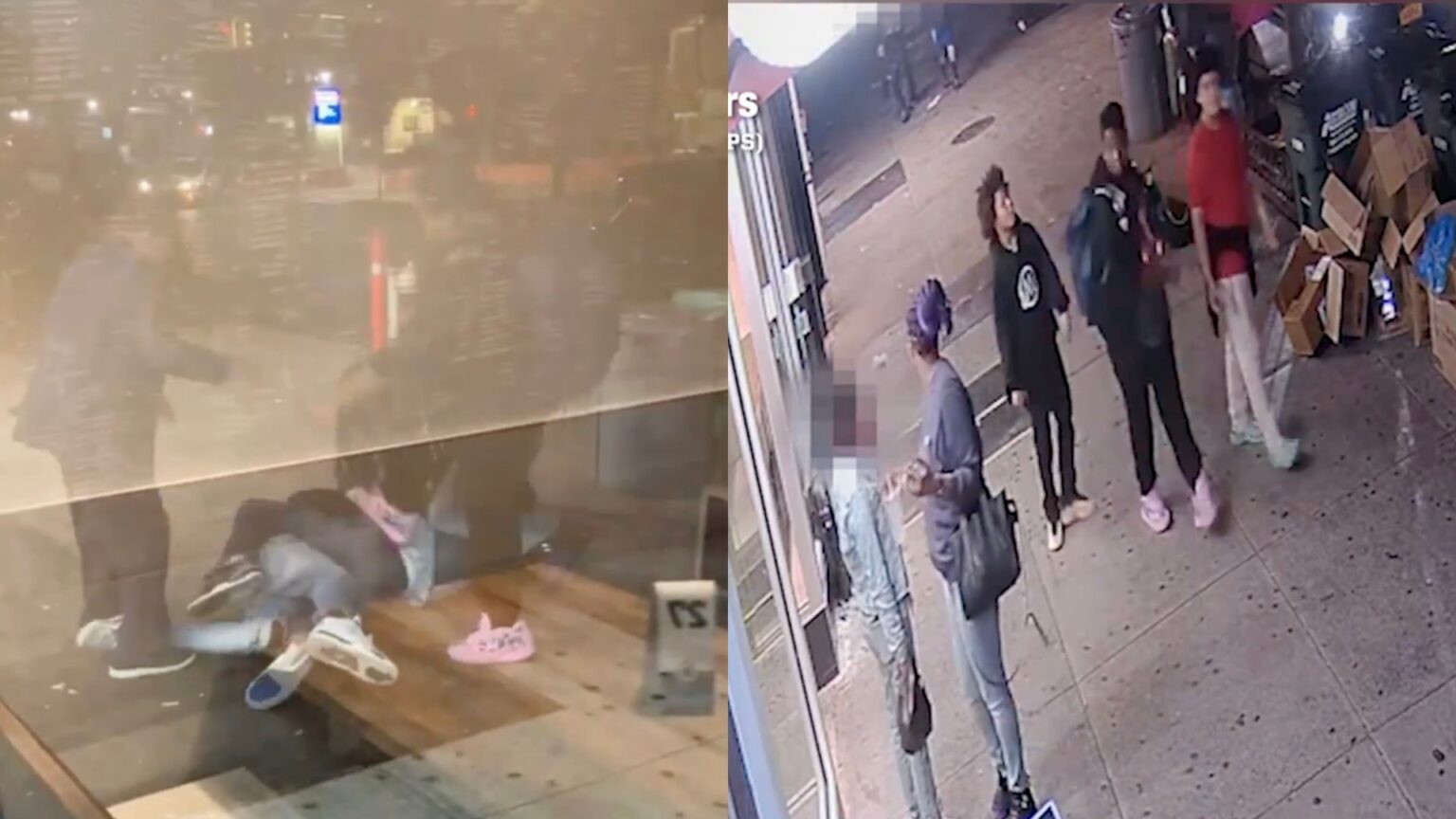New York City has recently experienced a surge in violent crime, a situation that many critics attribute to the policies of the Democratic Party. This claim has been underscored by a shocking incident involving former Democratic Governor David Paterson and his stepson, Anthony Sliwa, who were brutally assaulted by a gang in a Manhattan neighborhood. The attack unfolded on a Friday evening while the duo was out walking their family dog, leaving both men hospitalized due to serious injuries, which serves as a painful reminder of the rising tide of violence within the city. Paterson, legally blind at 70 years old, and his stepson, aged 20, found themselves in the wrong place at the wrong time, a scenario that has become all too common in the area.
The violence was not an isolated event but rather seemed premeditated, according to reports. The assault was allegedly triggered earlier that night when Sliwa witnessed a group of teenagers trying to climb a fire escape, indicative of burglary attempts. When Paterson and Sliwa encountered the same group later, the situation escalated dramatically. Video footage circulating online suggests that multiple individuals, including both teenagers and adults, were involved in the violent encounter, which left Sliwa and Paterson battered and bruised. Former Mayor candidate Curtis Sliwa has publicly condemned the attack, citing it as a concerning indicator of broader safety issues in New York City.
The assault was particularly alarming not only because of the victims’ status but also due to the age of the assailants. Two of the attackers were minors, aged just 12 and 13, who were subsequently arrested and charged with gang assault. However, the attack did not solely involve young individuals; there were also two adults aged 34 and 40, both employees of the New York City Housing Authority, who have faced similar charges. This intergenerational mix of perpetrators reflects a worrying trend in which violence is not limited by age, raising questions about societal influences and overall community safety.
In response to the violence, Curtis Sliwa condemned the events, expressing disgust at the adults’ claims of innocence after they had participated in the assault on a vulnerable ex-governor and his stepson. He highlighted the implications of such an attack, emphasizing that if even a former governor can’t walk the streets safely, then no resident is secure from potential violence. This sentiment echoes a growing fear among New York City residents, many of whom have experienced similar incidents or are aware of escalating crime rates impacting their daily lives.
Critics of Democratic governance argue that the policies implemented over recent years have contributed to a climate where such violence can occur more easily. Support for lenient sentencing and reductions in police funding are often cited as factors that may have emboldened criminals and undermined public safety. This incident serves as a rallying cry for those advocating for a return to tougher law enforcement and a reassessment of criminal justice policies. The harm inflicted on Paterson and Sliwa serves not just as a personal tragedy but as a reflection of broader systemic issues that threaten the safety and security of all New Yorkers.
The response to this incident and the subsequent legal proceedings will likely become a significant focal point in discussions surrounding crime in New York City. As the community returns to grappling with the aftermath, it is imperative that lawmakers and residents alike consider what measures can be taken to deter further violence. Without decisive action to rein in the lawlessness that increasingly characterizes life in the city, many fear that a sense of safety will continue to erode, leaving vulnerable populations at greater risk of falling victim to similar violent acts. The path forward requires a concerted effort to reclaim public safety and revive trust in the city’s governance.

